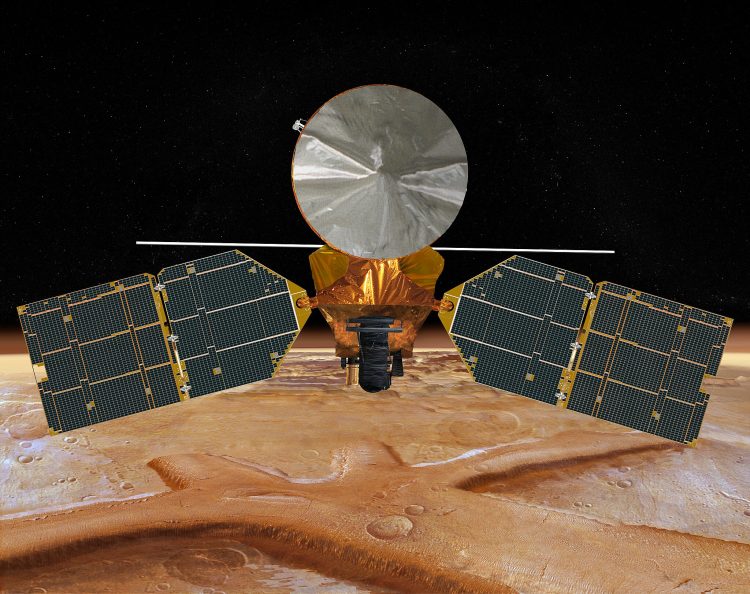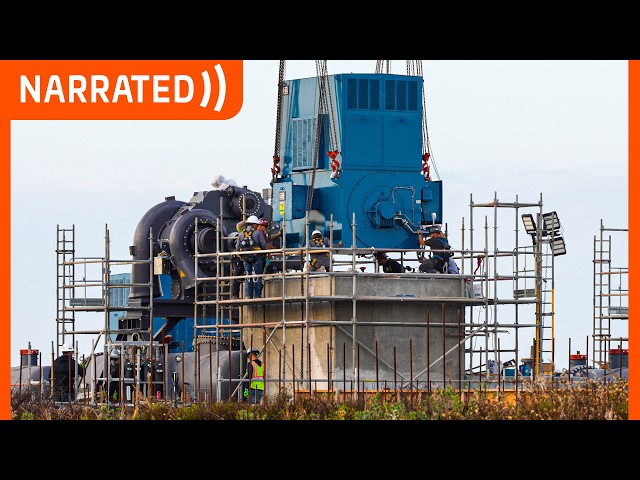The Mars Reconnaissance Orbiter
The Mars Reconnaissance Orbiter (MRO) is a NASA spacecraft designed to study the geology, climate, and potential for past and present life on Mars. It was launched on August 12, 2005, and entered Mars’ orbit on March 10, 2006. Since then, it has been collecting valuable data about the Red Planet and sending it back to Earth.
With its suite of scientific instruments and high-resolution imaging capabilities, MRO has provided us with stunning images of the Martian surface, revealing details about its composition, weather patterns, and the presence of water ice. It has also played a crucial role in supporting other Mars missions, acting as a relay station for communication between the rovers and Earth.
Scientific Objectives
The primary scientific objectives of the Mars Reconnaissance Orbiter are:
- To investigate the climate and geology of Mars
- To search for signs of past or present water on Mars
- To study the distribution of minerals, ice, and other resources on Mars
- To identify potential landing sites for future Mars missions
Instruments
The Mars Reconnaissance Orbiter is equipped with a range of scientific instruments:
- HiRISE (High-Resolution Imaging Science Experiment): This camera has provided the highest-resolution images of the Martian surface ever taken from orbit. It can capture details as small as 25 centimeters (9.8 inches) across and has allowed scientists to study the morphology and composition of the surface in great detail.
- CRISM (Compact Reconnaissance Imaging Spectrometer for Mars): This instrument analyzes the chemical and mineral composition of the Martian surface to search for evidence of water and minerals.
- CTX (Context Camera): This camera provides wide-angle context images of the Martian surface to help scientists understand the geologic features and processes at the regional scale.
- SHARAD (Shallow Subsurface Radar): This instrument uses radar waves to study the subsurface layers of Mars, helping scientists understand the history of water on the planet.
- MARCI (Mars Color Imager): This instrument studies the Martian atmosphere, including clouds, dust storms, and daily weather patterns.
Key Discoveries
Since its arrival at Mars, the Mars Reconnaissance Orbiter has made numerous important discoveries:
- Confirmation of the presence of water on Mars, both in the form of ice and briny liquid water
- Identification of potential landing sites for future Mars missions, including the Curiosity rover’s landing site in Gale Crater
- Observations of active Martian sand dunes and avalanches, indicating ongoing geological processes
- Mapping of subsurface water ice deposits, which could serve as a resource for future human missions
- Characterization of the Martian atmosphere and identification of dust devils and storms
Future Missions and Legacy
The Mars Reconnaissance Orbiter continues to operate and send valuable data back to Earth. Its high-resolution images and other data have been instrumental in planning future Mars missions, including the selection of landing sites for the Perseverance rover and the upcoming Mars Sample Return mission. It has also paved the way for the successful landing and operations of the Curiosity rover and the InSight lander.
The legacy of the Mars Reconnaissance Orbiter will be remembered for its contributions to our understanding of Mars and its potential for life. It has provided scientists with an unprecedented wealth of data about the Red Planet, helping to shape our future exploration endeavors.









